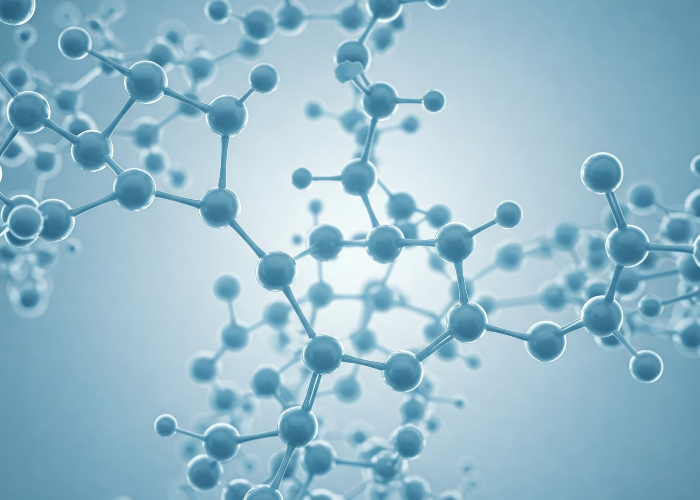
Polymer Chemistry, Polymer Bonds and Adhesives
Adhesives are bonding materials that function based on polymer chemistry, forming strong connections between surfaces. Polymers, composed of long-chain molecules, are the key components that determine an adhesive’s viscosity, adhesion strength, and durability. The bonds that enable adhesives to adhere to surfaces are categorized into two main groups: physical and chemical bonds.
Physical bonds occur through Van der Waals forces and the mechanical interlocking effect, where the adhesive penetrates surface pores. Among chemical bonds, covalent bonds, hydrogen bonds, and crosslinking mechanisms play a crucial role in creating stronger and more permanent adhesion. Hydrogen bonds form between water molecules or functional groups within polymer chains, while covalent bonds enable the adhesive to chemically react with the surface, ensuring a long-lasting connection.
Crosslinked polymers enhance an adhesive’s resistance to water and chemicals, making them more durable, whereas thermoplastic polymers can be reshaped with heat, allowing for versatile applications. The polymer structure and bonding mechanism directly influence an adhesive’s flexibility, efficiency, performance, drying time, and ultimate strength.
A well-designed polymer formulation ensures that adhesives remain long-lasting and high-performing, while molecular-level interactions strengthen adhesion durability and bond retention.
25 January 2020




